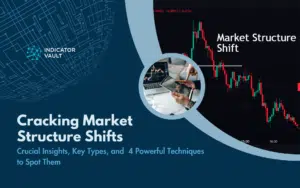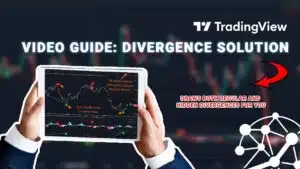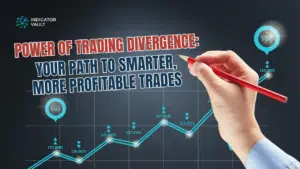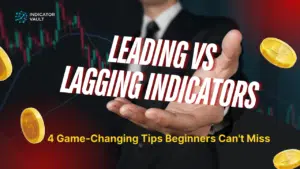Proper risk & money management is almost only possible with stop-loss and take-profit orders. Dive into this article to cover all the nitty-gritty details now.
1. Introduction
Proper risk and money management, the bedrock for trading success, is almost only possible with stop-loss and take-profit orders. The seemingly contrasting but related levels fulfill every financial goal, from rookie expectations to pro achievements.
Thus, this article covers the nitty-gritty of the trading levels, including their essence, mode of operations, and application methods. As a reward, readers will also get a groundbreaking technical indicator to storm any financial market, regardless of one’s experience level.
2. Stop Loss and Take Profit Explained
Stop-loss and take-profit are two highly tossed-around terms in the trading sphere. Despite the latter order being preferable, both uniquely define traders’ risk management approach and execution.
A stop loss is an order that ensures a financial asset is bought or sold at a particular price to prevent further loss. Such a fixed price is the stop price.
For example, assume a trader goes long on GBPUSD at 1.27993 using a CFD broker. Owing to the expectation of a price increase, the trader places a stop-loss order at the 1.27893 level (10 pips below). The price may fall to the stop price and trigger the order, restricting the loss to 10 pips equivalent to the position size.
Similarly, another equity investor may short-sell a stock in hopes of a price decline, placing a stop order at some point above the short-selling level. If the price rises and triggers the order, such an investor has limited the potential loss from that security.
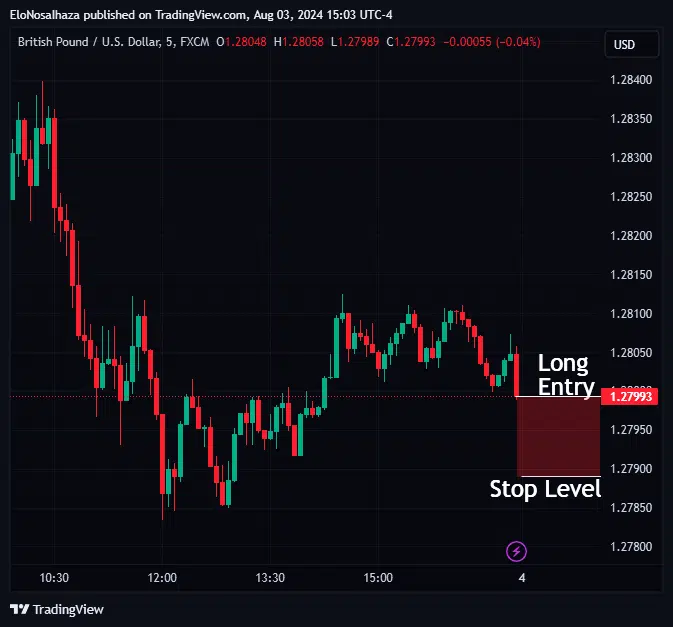
On the other hand, a take-profit order ensures the closure of an open position to secure profits once it reaches a specific chart level. It will be the go-to order for the CFD trader (discussed earlier) to secure potential profits on his trade semi-automatically.After placing the take profit on a reliable trading platform & broker, the market will trigger it by moving up to that level, eventually closing the trade profitably.
Such a level can be at 1.28193 (20 pips above entry), securing 20-pips equivalent profit of the position size.
A position can have both stop-loss and take-profit orders to simultaneously limit the potential loss and secure gains depending on the market move.
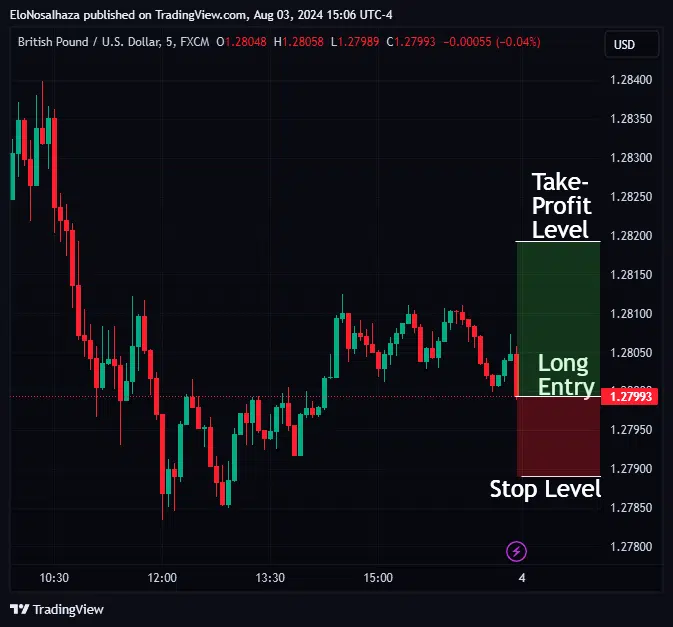
Take-profit and stop-loss orders work by transforming into market orders when the market reaches their levels. It ensures automatic closure asap at the best possible price.
3. Significance of Stop-Loss and Take-Profit Orders
Trading experts can’t overemphasize the essence of take-profit and stop-loss orders.
Vigilant traders meticulously ensure they manage the risk and emotional demands of open positions better.
Moreover, it aids consistency as investors strive to maintain a trading pattern to achieve short- and long-term goals.
The exploitable automated nature of these levels in complex strategies is also worth noting.
3.1. Improved Risk Management
Stop losses limit how much traders are willing to lose from open positions. Take profits defines the amount of satisfiable gains on correct prediction.
Most users typically calculate and set their levels with their risk tolerance in mind, which is arguably the most vital risk management action.
3.2. Automated Trading
On reliable trading platforms, these orders, when active, work seamlessly to close positions (in profit or loss) when the market triggers them.
This automated attribute can form the segment or foundation of much more complex trading systems in several inventive ways.
For example, the Top Bottom Reversal TradingView indicator suggests these risk management levels in every signal.
3.3. Reduced Psychological Demand
The automated nature of stop-loss and take-profit orders ensures traders worry less about open positions. Only the reliability of the trading platform and broker may be questionable once they are active.
If not, investors must constantly monitor the position as the trading day progresses, which is psychologically demanding.

3. 4. Trading Plan Adherence
It is easier to adhere to a trading plan with orders that take one’s attention off the charts once implemented. Wins and losses will be consistent, especially when a solid backtesting result supports the plan.
Without a structured plan, emotions, from greed to fear, will derail one’s trading journey.
4. Securing Every Profit with The Top Bottom Reversal Tool
Every trader’s dream is to record consistency in profits and gradual equity growth. In most cases, it means one’s interested markets will trigger more take profits than stop losses.
One of the most reliable trading tools to reveal opportunities that ensure this is the Top Bottom Reversal for TradingView.
The groundbreaking indicator combines the power of the Relative Strength Index (RSI), Bollinger Bands, and candlestick patterns to give every user absolute control of the markets.
Below is a screenshot of the tool in action:
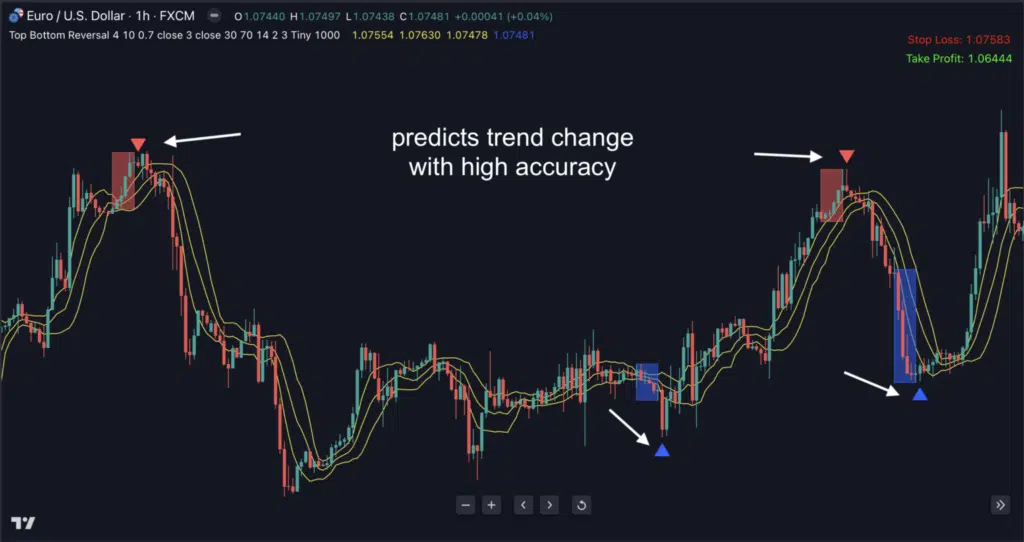
Succinctly, each user boasts the following benefitfs from its application:
- Quickest awareness of tops and bottoms in the market to ride every trend from start to finish
- Ability to trade on any desired timeframe
- Freedom to explore multiple securities in any market, from stocks to indices, and Forex
- Assurance of exploiting every opportunity due to the prompt alert system from within and outside TradingView
Want to be a part of the exclusive group harnessing this power? Click here and watch your account grow today!
5. Final Thoughts
Take-profit and stop-loss orders are two highly underrated features of trading success. The former secures profits as the latter limits losses by closing active trades automatically.
These simple but critical processes are indispensable in risk management, pave the way for automated trading, and decrease the vocation’s psychological demands. They also help traders adhere to strict trading plans for consistency.
Highly experienced traders promote the Top Bottom Reversal tool as a solution to profitability with little to no effort.
Please share this article with trading enthusiasts of all experience levels, and remember to leave a comment below for exciting conversations.


